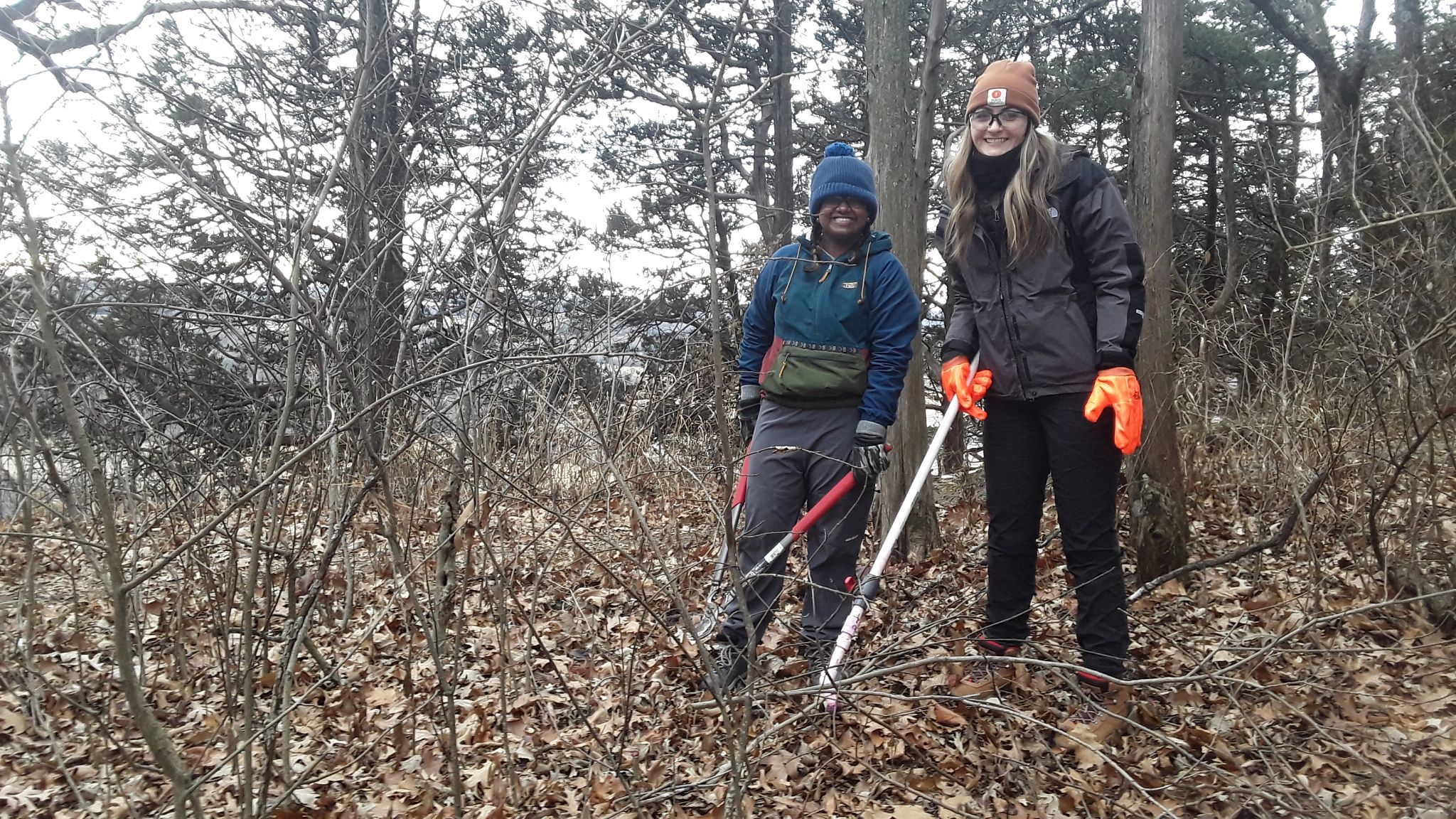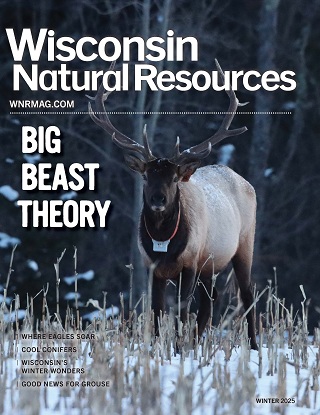Contact: Jared Urban, DNR State Natural Areas Volunteer Program Coordinator Jared.Urban@wisconsin.gov or 608-228-4349
DNR Report Showcases Volunteer Contributions At State Natural Areas
Volunteers Dedicated More Than 7,100 Hours To Enhancing State Natural Areas In 2021
 Photo credit: Wisconsin DNR
Photo credit: Wisconsin DNR
MADISON, Wis. – The Wisconsin Department of Natural Resources (DNR) today announced the recent release of the 2021 State Natural Area Volunteer Annual Report highlighting the contributions of hundreds of volunteers at State Natural Areas across the state.
Last year, volunteers dedicated more than 7,100 hours collecting and planting native seeds, removing invasive species and brush, and conducting prescribed burns at 55 sites impacting over 1,672 acres of land. Read the complete report here.
State natural areas benefitting from volunteer efforts include Blue River Sand Barrens, Red Banks Alvar, Maiden Rock Bluff and more. Volunteers either work individually and organize group volunteer events around the state.
“We saw a strong interest from new volunteers after advertising events to the public again starting in the summer of 2021,” said Jared Urban, DNR State Natural Area Volunteer Program Coordinator. “People were eager to get outside and attend safe social events again. These folks brought new energy and interest in restoring state natural areas.”
Join Us For A Workday
Workdays are one of the main ways volunteers help the department care for State Natural Areas, the state’s most pristine public lands. Workdays take place at different state properties throughout the year. They are a great way to get some exercise, have fun and learn something new.
The public is encouraged to sign up to receive email updates on upcoming volunteer workdays in various region across the state or by areas of interests on the DNR's State Natural Area Volunteer webpage.
No experience is necessary as the DNR provides training and equipment on-site.
More About State Natural Areas
State natural areas are designated to conserve the best of Wisconsin prairies, forests, wetlands and other habitats. These special places support 90% of rare plant species and 75% of rare wildlife species.
Nearly all properties are open to the public to enjoy while bird watching, hiking, hunting and fishing. Please be advised that most state natural areas are largely undeveloped and do not have restrooms, trails and other facilities like state parks.
Although the DNR holds more than half of these sites in trust for Wisconsinites, the U.S. Forest Service, The Nature Conservancy, and more than 50 other partners own and manage sites under a system established in 1951 and spurred by Aldo Leopold and other Wisconsin conservation giants.

